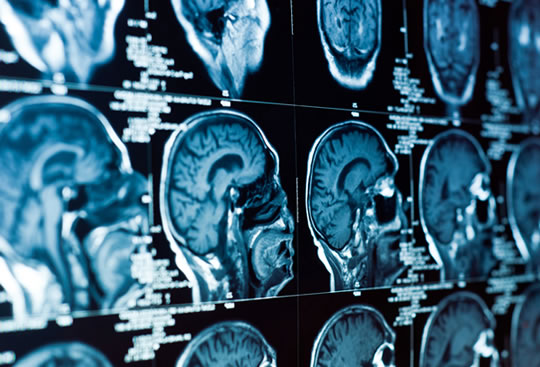How you should spend your lunch break.
Taking just a 30-minute break from work can boost energy, new research finds.
The recovery techniques that work best are active: ones in which you do something for yourself that fits your own goals.
Without it, the work suffers and workers are more likely to suffer burnout.
The conclusions come from a study of 38 early-career physicians (residents) at a US teaching hospital.
Dr Nicole Cranley, the study’s lead author, said:
“Residents are a very unique population, the stressors that they engage with throughout the day are a lot more significant than those of the average American.
Therefore, these moments of replenishment are that much more important.”
The study found that the residents didn’t take time off for lunch.
Dr Cranley explained:
“They grab things and go, or they are eating while they are in conference or listening to a lecture.
There really isn’t that time when they are not doing something related to work.”
One of the biggest problems the doctors faced was psychologically detaching from work.
They tended to do this passively — for example, by watching TV.
While this can be a useful distraction, it doesn’t replenish energy levels.
Dr Cranley said:
“Burnout is a serious issue.
It’s usually related to the fact that you’re not taking enough time for self-care or engaging in activities that help you gain back some of those resources.
You can only effectively care for someone if you are in a good state of mind.
You have to be in a good place to be able to give your all to someone else.”
Active recovery strategies mean taking the time to do something for yourself that fits your own goals.
Dr Cranley said:
“It doesn’t matter if you only have 45 minutes to go to the gym — you take those 45 minutes for yourself.”
Dr Cranley continued:
“It’s a very unique situation that residents are in because they are expected to have all of the answers, when oftentimes they don’t.
I think where we are missing the mark is in medical education — it is a culture issue and we need to reassure our health professionals that it’s okay to need self-care.
Everybody’s valuable, everybody needs to take care of themselves sometimes.
We can’t all be 100 percent all the time.”
That’s a valuable lesson for people working in many different sectors.
The study was published in Psychology, Health & Medicine Journal (Cranley et al., 2016).
Burnout image from Shutterstock










